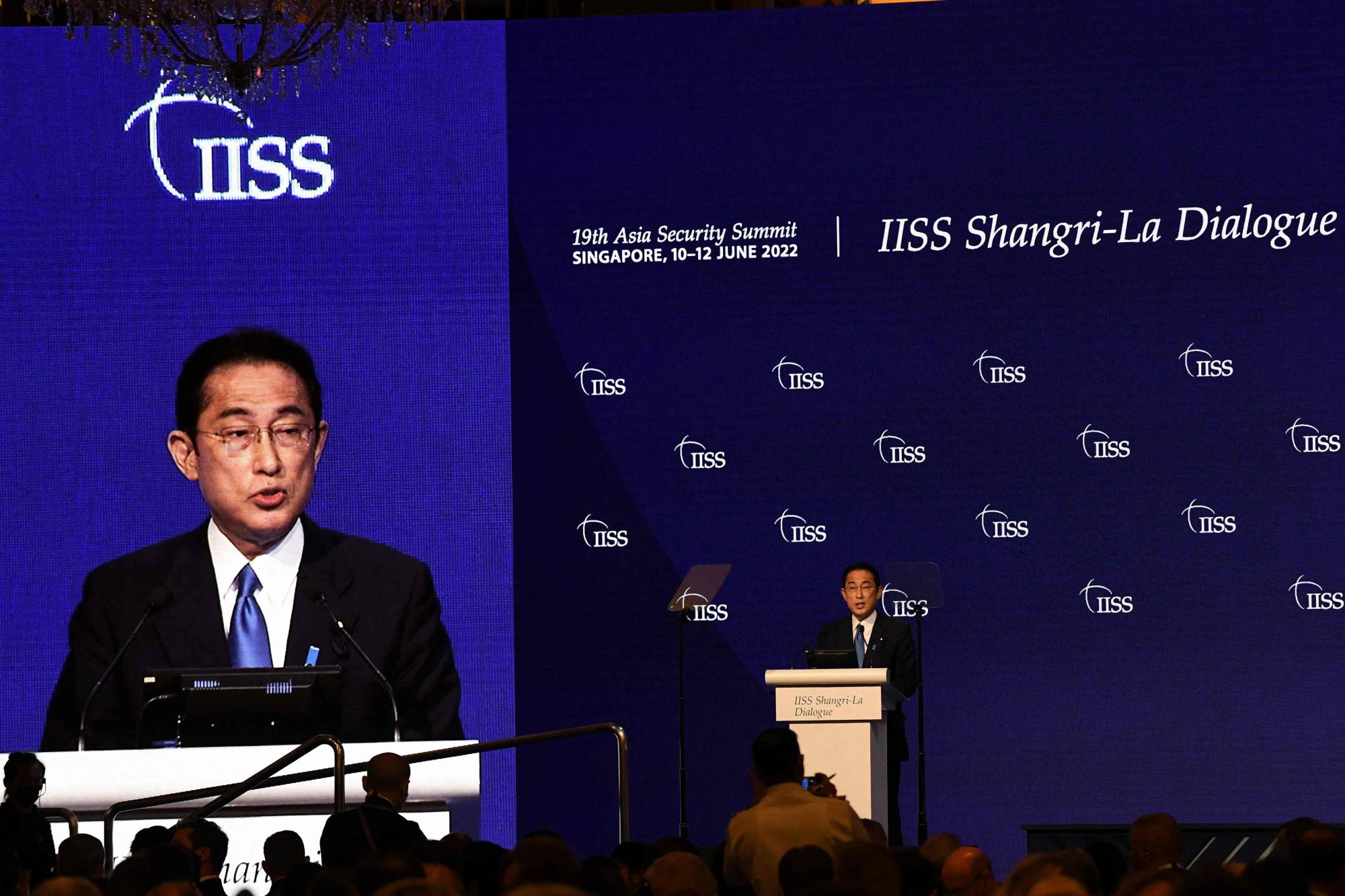Prime Minister Fumio Kishida delivered the keynote speech at last weekend’s Shangri-La Dialogue — and that’s a big deal.
The annual meeting, convening in-person for the first time in two years, is the opportunity for officials and experts to discuss and assess regional security, to get the lay of the land and lay down markers. Giving Kishida the Friday night speaking slot is an indication of the central role Japan now plays in regional security affairs. That may prompt a yawn among many readers but it is a remarkable transformation for a country that was long considered marginal in this arena.
Kishida is the second Japanese prime minister to claim the keynote slot. His predecessor was Shinzo Abe, who addressed the group in 2014. Not surprisingly, there is a straight line between the two speeches.
















With your current subscription plan you can comment on stories. However, before writing your first comment, please create a display name in the Profile section of your subscriber account page.